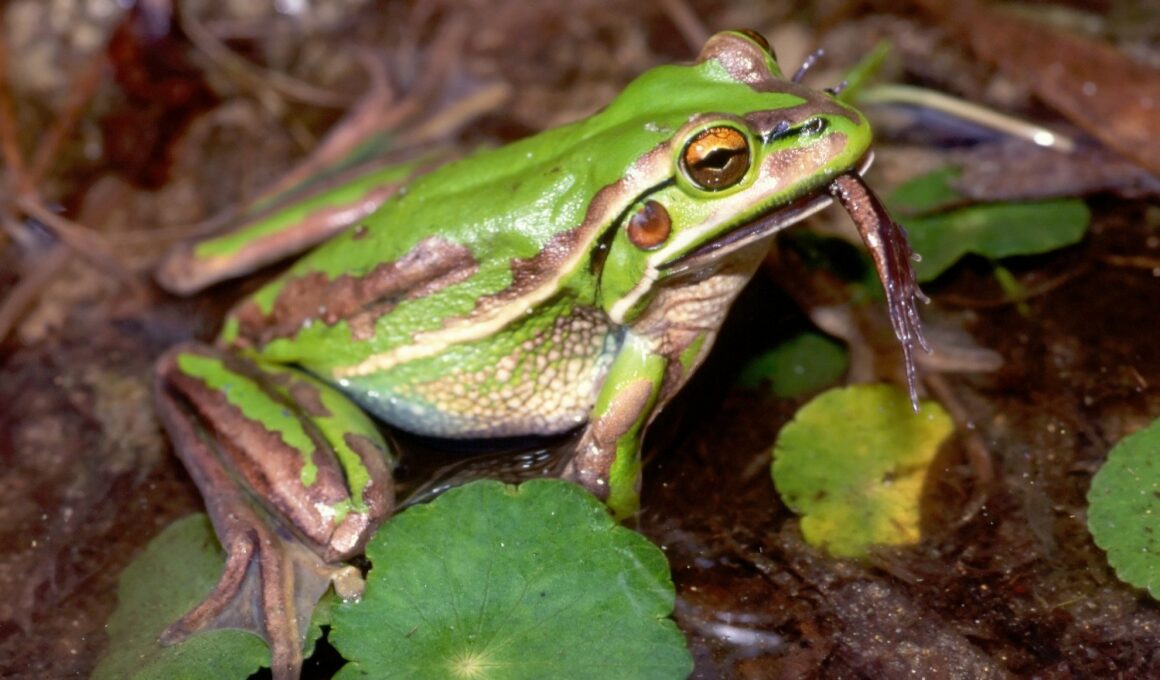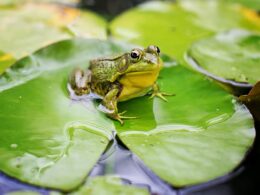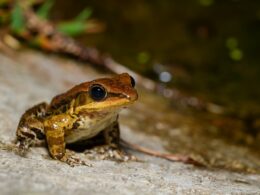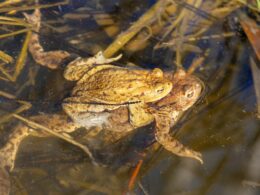In this article Show
Have you ever sat by a pond and watched frogs leap about, wondering what’s going on in their world? Well, today we’re diving into a topic that’s not only fascinating but also crucial for understanding these remarkable creatures: How do frogs kill their prey?
You might be thinking, “Frogs? Predators? Really?” Yes, you read that right. Frogs are more than just cute jumpers; they’re skilled hunters who play a vital role in their ecosystems. Whether you’re a pet owner like me, who spends way too much time reading about reptiles and amphibians, or someone who’s just intrigued by the natural world, this post is for you.
In the next few minutes, you’ll learn about the diet of frogs, the unique anatomy that aids them in capturing prey, their various hunting techniques, and even some specialized species with unique killing methods. So, let’s hop right in!
How Do Frogs Kill Their Prey?
No, frogs do not kill their prey in a conventional sense. Instead, they use a catch-and-swallow method. Frogs primarily use their long, sticky tongues to snatch prey such as insects, small fish, or other small creatures. Once captured, the prey is typically swallowed whole. Frogs lack the teeth and digestive systems to tear or chew their food, so they rely on this method of quick capture and swallowing.
The Hunting Techniques of Frogs
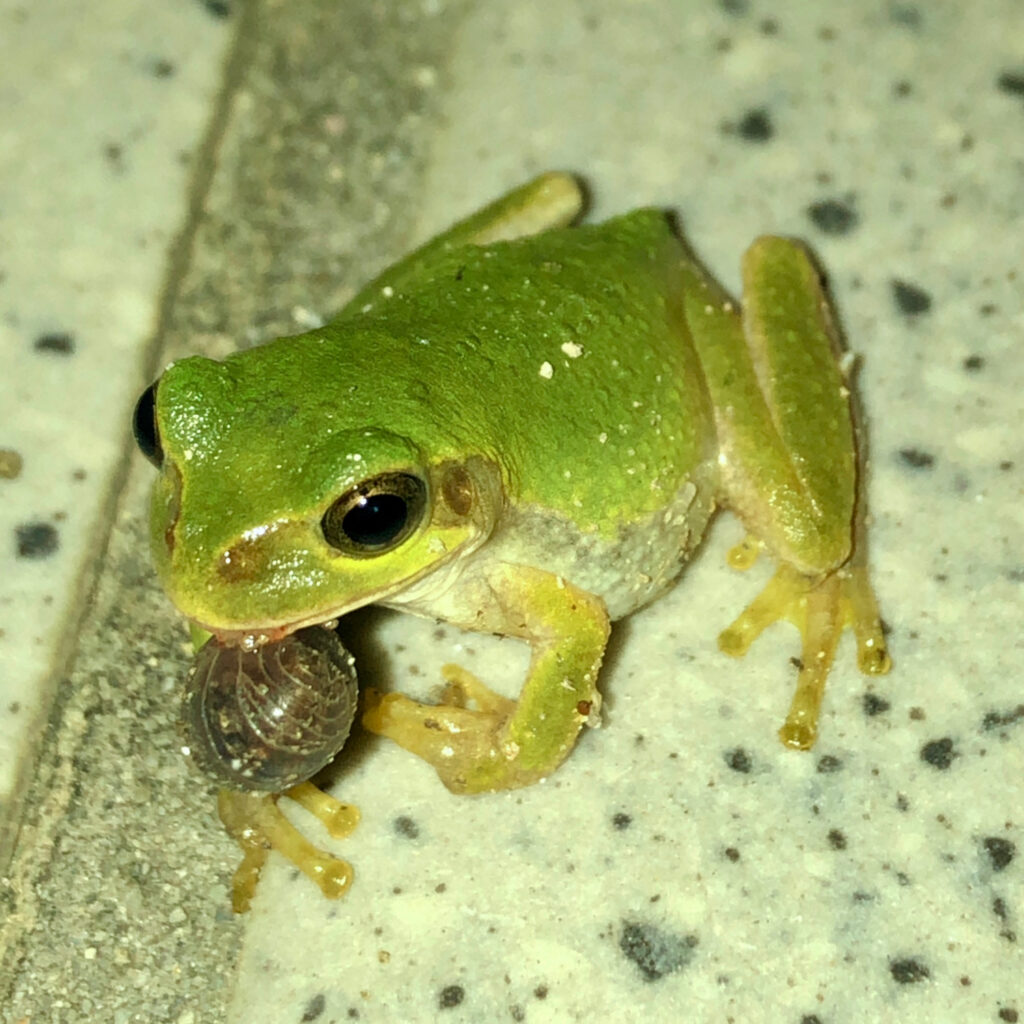
When it comes to hunting, frogs are far more strategic than they might appear at first glance. They employ a range of techniques to capture their prey, each adapted to their specific environment and type of prey.
1. Sit-and-Wait Strategy
Many frogs are masters of the sit-and-wait technique. They’ll find a strategic spot—perhaps near a water source or a well-traveled insect path—and simply wait for their prey to come to them. Patience is key here, and their excellent camouflage helps them blend into their surroundings.
2. Active Hunting
Not all frogs are content to wait around, though. Some species prefer to actively seek out their prey. These frogs are generally faster and more agile, capable of covering ground quickly to find their next meal.
3. Use of Camouflage
Whether they’re waiting or actively hunting, camouflage is a frog’s best friend. Their skin patterns and colors help them blend into their environment, making it easier to ambush unsuspecting prey.
4. Night Hunting
Some frogs are nocturnal and prefer to hunt under the cover of darkness. Their excellent night vision gives them an edge, allowing them to spot prey even in low-light conditions.
By employing a mix of these techniques, frogs can adapt to a variety of environments and prey types, making them versatile predators in their ecosystems.
Methods of Killing
Once a frog has successfully captured its prey, the next step is to kill and consume it. Contrary to what you might think, frogs don’t have a gruesome or elaborate method for this. It’s quite straightforward.
1. Swallowing Prey Whole
Most frogs don’t have the luxury of teeth for chewing, so they swallow their prey whole. The large, expandable mouth and flexible jaw muscles make it possible for frogs to consume prey that’s almost as big as they are.
2. Use of Digestive Enzymes
Once the prey is swallowed, it enters the frog’s digestive system, where powerful enzymes get to work. These enzymes break down the prey rapidly, extracting essential nutrients that the frog needs to survive.
3. Exceptions to the Rule
While most frogs follow this general pattern, there are some exceptions. For example, certain species have specialized diets that require unique killing methods, such as frogs that consume toxic insects and have developed ways to neutralize the toxins.
Specialized Frogs and Their Unique Techniques
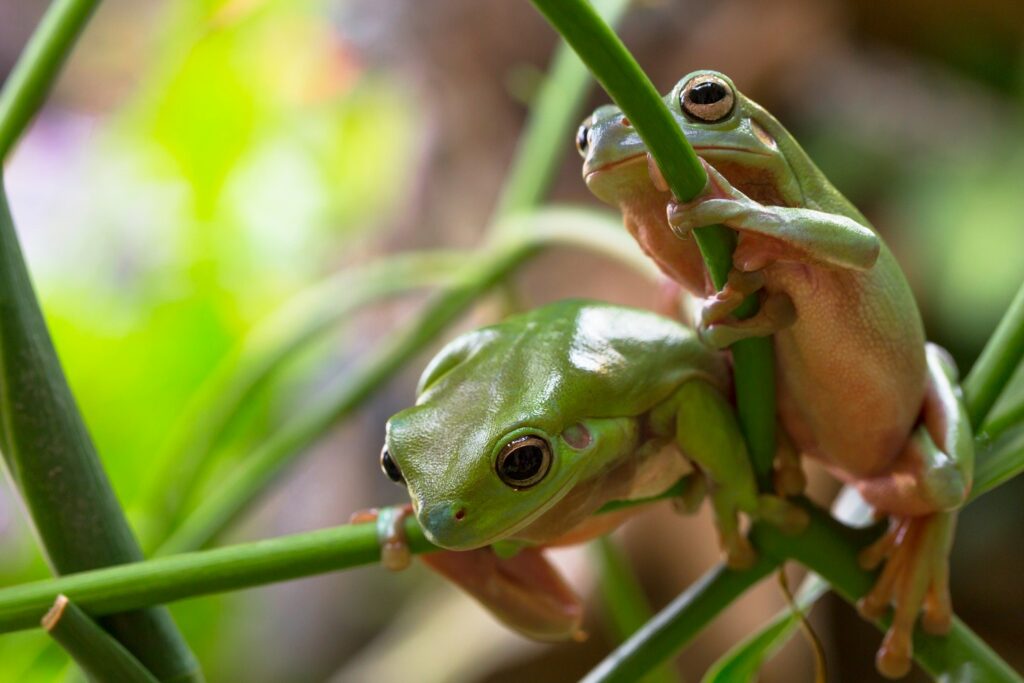
While many frogs follow the general hunting and killing methods we’ve discussed, some species take it to the next level. These specialized frogs have developed unique techniques to capture and kill their prey.
1. Frogs That Use Toxins
Some frogs, like the Poison Dart Frog, secrete toxins through their skin. These toxins can be lethal to predators, but they also play a role in subduing prey. The prey comes into contact with the toxin and is quickly immobilized, making it easier for the frog to consume.
2. Frogs That Use Tools
Believe it or not, some frogs have been observed using tools to aid in hunting. For example, the Aparasphenodon brunoi, a species found in Brazil, uses its spiky face to dig into termite mounds, gaining access to a feast of insects.
3. Frogs with Specialized Body Parts
Certain frogs have evolved specialized body parts for capturing prey. The Budgett’s frog, for instance, has a broad, flattened body and a large mouth, which allows it to ambush and consume a variety of prey, including other frogs!
These specialized techniques not only make these frogs fascinating to study but also highlight the incredible diversity within the frog world.
Final Thoughts
So there you have it—the fascinating world of frogs as skilled predators. From their diverse diets and specialized anatomy to their various hunting techniques and crucial role in the ecosystem, frogs are far more complex and important than they often get credit for.
Understanding how frogs kill their prey isn’t just an interesting topic; it’s a window into the intricate web of life that sustains our planet. Frogs are not just passive participants in their ecosystems; they are active contributors that help maintain balance and biodiversity.
So the next time you hear a frog croak or see one leap into a pond, take a moment to appreciate these remarkable creatures for what they truly are: efficient predators that play a vital role in our world.





